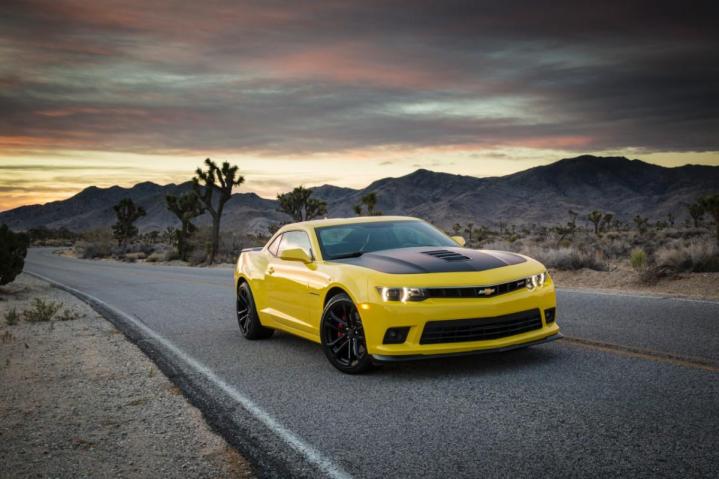
What would Vanishing Point look like if it was filmed in Iran?
The United States and the Islamic Republic have their differences, but people in both countries share a love of big trucks and muscle cars from Detroit’s Big Three.
Despite trade restrictions, these vehicles are slipping into the Iranian city of Tabriz, thanks to a nearby free trade zone close to Armenia and Azerbaijan, Reuters reports.
Before the 1979 revolution and the subsequent severing of diplomatic relations between the two countries, Iran was a major market for American cars. And it looks like it could be again.
The Aras free trade zone began allowing car imports last year, creating a loophole for the importation of American cars. Sales of cars from the U.S. are banned in Iran, so they still have to be imported from a third country, such as the United Arab Emirates.
The third-party importers are not authorized to sell cars by the manufacturers, which are bound by U.S. trade sanctions.
More than 1,500 vehicles have reportedly been sold in Aras, and half of them are American. The Chevrolet Camaro is reportedly one of the most popular nameplates.
Only residents or registered businesses within the free trade zone can buy cars there. The cars are unrestricted within the zone; owners can purchase a special blue license plate to drive in the rest of Iran for two months a year.
One Aras-based trading company is advertising its Chevys in Iranian media with the slogan “the return of a legend after 34 years.”
Before the revolution, American cars weren’t just available in Iran, they were popular.
The government of Shah Mohammed Reza Pahlavi was a staunch ally of the U.S., so in the 1960s and ’70s many young Iranians went abroad for college. Arriving in the U.S. at the height of the muscle car craze, they fell in love with the same Camaros and Mustangs as their American counterparts, a 2010 New York Times article on the Tehran Cafe Racers car club notes.
General Motors also partnered with an Iranian company to assemble cars in the country at one time. Renault and Peugeot currently import cars as kits and assemble them in-country. The Iran Khodro (IKCO, formerly Iran National) Samand, for example, is a re-badged Peugeot 405.
For years, the only car available to Iranians in large quantities was the Paykan (pie-kan), a copy of the British Hillman Hunter built by IKCO from 1966 to 2005.


